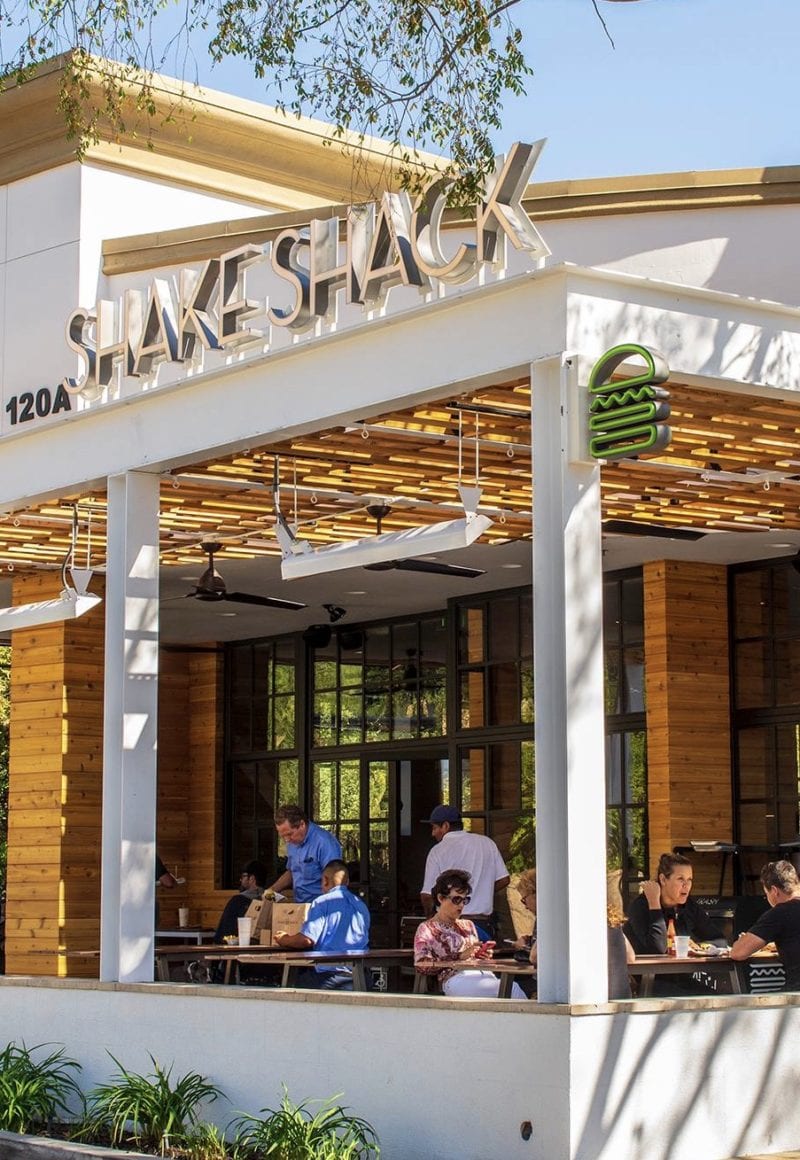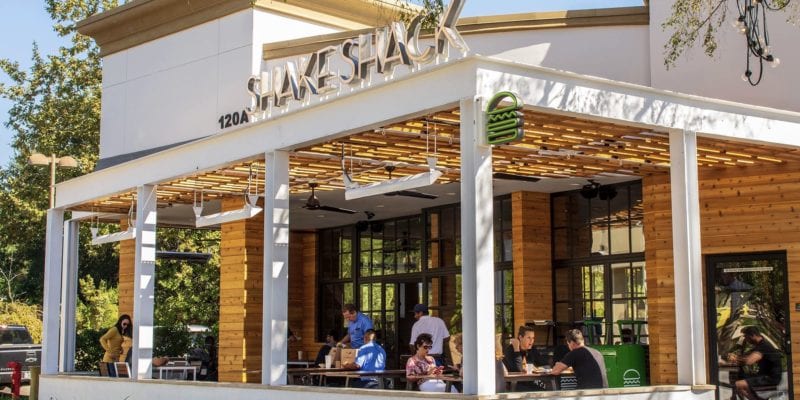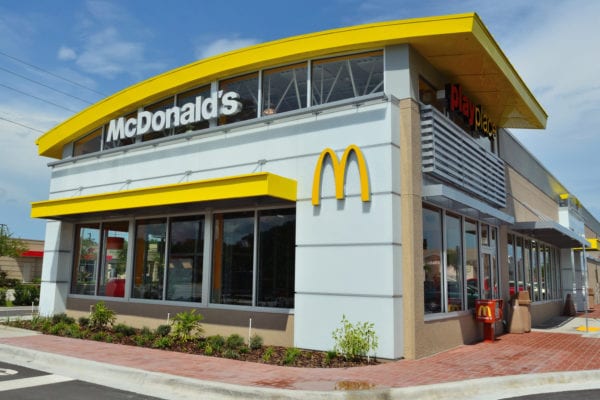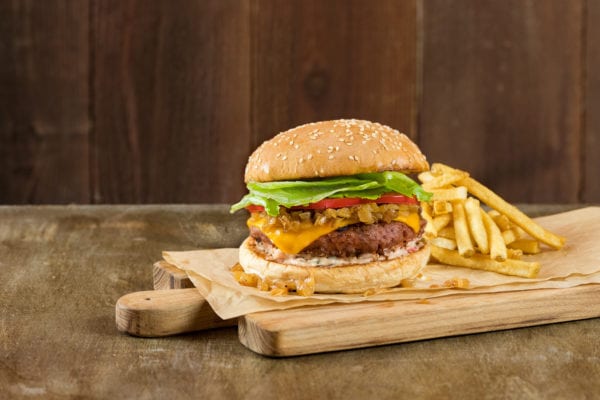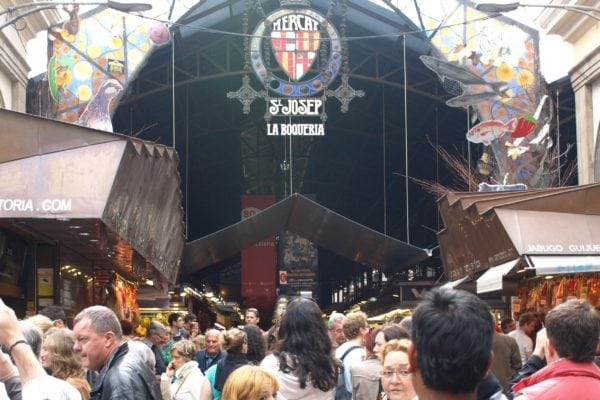Skift Take
As companies like Shake Shack and Milk Bar continue to expand into new markets, localizing the menu and design draw fans for unique, city-specific experiences.
— Lesley Balla
Chains have long homogenized the food landscape, where every location in Idaho looks and feels exactly like any in Florida or New York, with the same menu, streamlined cooking processes and staffing strategy.
But as newer brands like Shake Shack and Milk Bar continue to traverse the country and globe, they eschew the cookie-cutter strategy by tweaking menu items and decor to fit a new city while still sticking to the company’s original roots.
Whether it’s for the 90th or ninth location, the two brands carefully plan their openings, from which markets to enter to finding the right location, sourcing local ingredients and partnering with like-minded vendors. Sometimes it takes months or sometimes years for everything to align and come to fruition, but the efforts to make each location feel even a little bit unique gives new units a competitive edge in a new market.
Oh, the Places You’ll Grow
Milk Bar COO Sujean Lee, who oversees the bakery empire along with chef and founder Christina Tosi, says when it comes to deciding on what markets to enter, they hew to an “omnichannel growth strategy.” Meaning: With a thriving online business they can see where people order and ship Milk Bar’s cakes, Compost Cookies and Crack Pie, and by using this data, they can gauge where a Milk Bar brick-and-mortar outpost might be successful. But they also want to be in cities they feel passionate about, like Washington D.C., L.A. and Boston.
“We look through a number of lenses,” said Lee. “We’re fortunate that we can see what states light up on our heat map because people are shipping cakes. But also we want to go to cities that have a dynamic food culture, places where we as a team want to build a community.”
Lee says Los Angeles was an obvious choice for Milk Bar’s West Coast flagship — both she and Tosi are “obsessed” with L.A. (as is everyone right now), and after David Chang opened Majordomo, the Momofuku Restaurant Group’s presence in the city solidified. While they talked about it for years, it took time to find the perfect real estate. At 4,000 square feet, the Melrose Avenue shop, a former laundromat and Baskin-Robbins, is the largest of all 15 Milk Bar locations with space for baking, retail and cooking classes.
“Our team is a small and nimble one, but opening an entire operation, from a commercial distribution center to the largest store we ever built, was daunting. We needed to take our time to do it right,” she added.
Next up for the brand is Boston, a location will open in the heart of Harvard Square most likely in 2019. The challenge is bringing together a perfect balance to attract college kids without losing the quirky-sweet Milk Bar vibe. “We wouldn’t go off brand and create something unrecognizable, so we’ll fuse those local elements and create a unique combination,” she added. “It’s always a meld.”
Expanding the Menu
There are a lot of Shake Shacks still to open by the end of the year: The 200th store debuts at New York City’s LaGuardia airport on December 1, and more are on the way for Chicago, Miami, L.A., Houston, and Dallas. This keeps the culinary team, lead by director Mark Rosati, busy.
For the Palo Alto opening this month, the first in Northern California, the company once again sources ingredients from local purveyors, a continuing hallmark for the brand. For this Stanford Shopping Center location, Rosati and his team came up with the Golden State Double, made with certified grass-fed beef raised in Northern California, Bay Area’s McVicker’s Pickles, and Tartine Bakery’s sweet potato buns. The MB Malt, a frozen custard concrete, is made with Manresa Bread’s whole wheat chocolate chip cookies.
Finding the right vendors is key. In Seattle, where the first Pacific Northwest location opened in October, the Montlake Double Cut burger made with Washington-raised beef, Beecher’s Just Jack cheese, and a Macrina Bakery bun was the first time the chain sourced all three burger components from local purveyors.
“The collaborations never start out by us saying we want to do something with you,” said Rosati. “It’s more, ‘I’m friends with so and so, let’s see if we can work together.’ That admiration has to go hand in hand. We know it’s right when we create those relationships, and it’s connected to the community.”
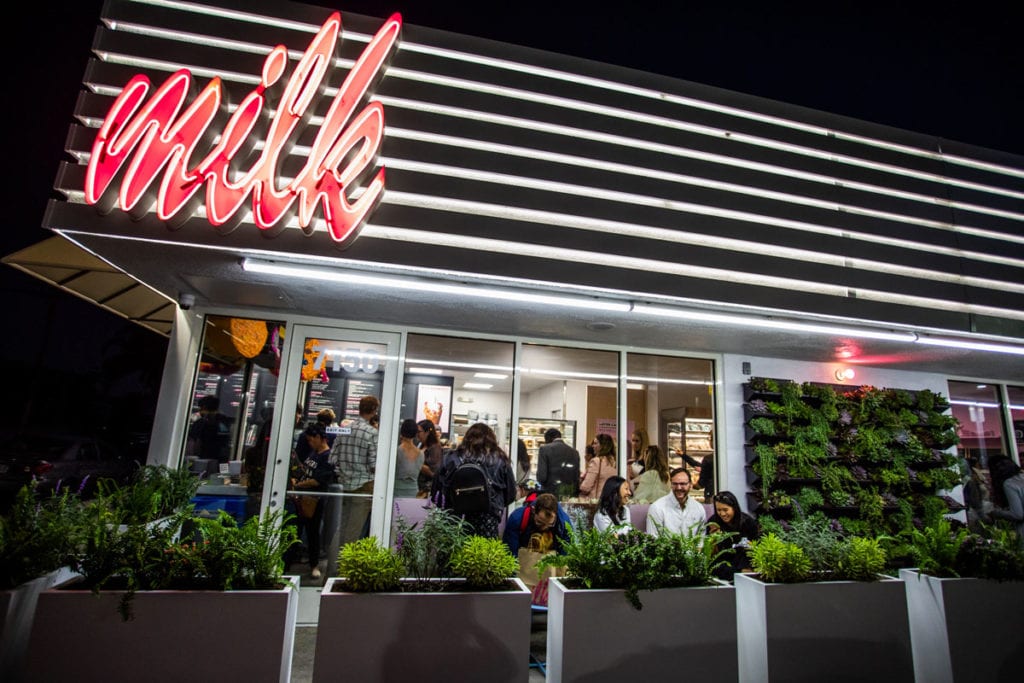
Even as the brand expands globally, there are hints of localization. In Hong Kong, Rosati says they wanted to figure out how to incorporate milk tea and mangoes on the menus; in London, instead of shipping all of the ingredients from the U.S., they looked for beef vendors (Scotland), and potatoes for the fries (the Netherlands). Instead of making chocolate chip cookie dough, they worked with Fergus Henderson and St. John for brownies for concretes.
For Milk Bar, new openings presented more opportunities to expand offerings from sweet to savory items. When Tosi and her team spent time in Los Angeles, they fell in love with Langer’s Deli, an institution known for its pastrami sandwiches. Now Langer’s pastrami fills one of the “bombs” along with Russian dressing and sauerkraut in a bagel-dough bun. Sometimes a new city presents inspiration more than actual ingredients, like with the elote cornbread or Pineapple Fo’ Sho Whip soft serve (if you’ve ever been to Disneyland, it’s like Dole Whip only better).
“The pastrami bomb offers a twinge of New York in L.A. That kind of tinkering to figure out the right blend is part of our R&D brainstorm,” said Lee. “It’s important to find brand partners that share our spirit and the value we place on quality. And it’s a fun process, to reach out to friends, explore a new neighborhood, a win-win all around.”
Rosati says they do the same with each new city, both in the U.S. and globally: Get to know the neighborhoods, meet other purveyors and chefs, find what makes the city tick. But there have been a few lessons along the way. In 2010, when the first Shake Shack to open outside of New York City debuted in Miami, the culinary team found some things should be left to the locals, i.e. Cubano sandwiches.
“People still want us to be Shake Shake: fries, burgers, hot dogs. So when it comes to localizing our core items, we want to find gems that make our menus that much more special,” said Rosati. “We know what works in our wheelhouse and where we can push the limits.”
Going Beyond Cookie-Cutter Aesthetic
“Having a genuine love of a city is what informs how we think about design for a new store,” said Milk Bar’s Lee. “We want to take those elements and bring them to life. No point in taking an exact replica of New York and plopping it down in L.A. or Boston.”
The Los Angeles flagship has more windows than at any other Milk Bar location — better to enjoy the city’s natural light and glow. From the living garden wall to the benches and Instagrammable pink birthday cake wall outside, the whole place is more relaxed and welcoming, but still playful.
Seattle’s Shake Shack took over a historic standalone building in the Denny Triangle neighborhood, smack-dab in Amazon land. While the core design elements are Shake Shack — modern-chic aesthetic, refurbished bowling alley wood tables, booths booths made with lumber certified by the Forest Stewardship Council — VP of development Andrew McCaughan said in order to reflect Seattle, they added a mural, an abstract depiction of mountains and the topography of the city, painted by local artist Jesse Brown. For the forthcoming Harlem location, they commissioned Creative Art Works youth program to create a mural for outside of the building.
“We never wanted that original Shack to feel like it interrupted the park,” said McCaughan. “It needed to feel organic. Even the shape of the shack, with the ivy on the roof, was meant to reflect the park around it. We try to carry out that philosophy in every new market. I want someone who grows up there to think that’s the only one, and then over time they might find out it’s a part of something bigger.”
For Lee, it’s about creating something special, and offering exclusives is the cornerstone of that strategy. “Retail is such a rapidly changing landscape, and a lot of consumers want things delivered for convenience,” she adds. “So when they put energy into actually going out somewhere, we want to give them something worth the experience, especially at these flagships.”

